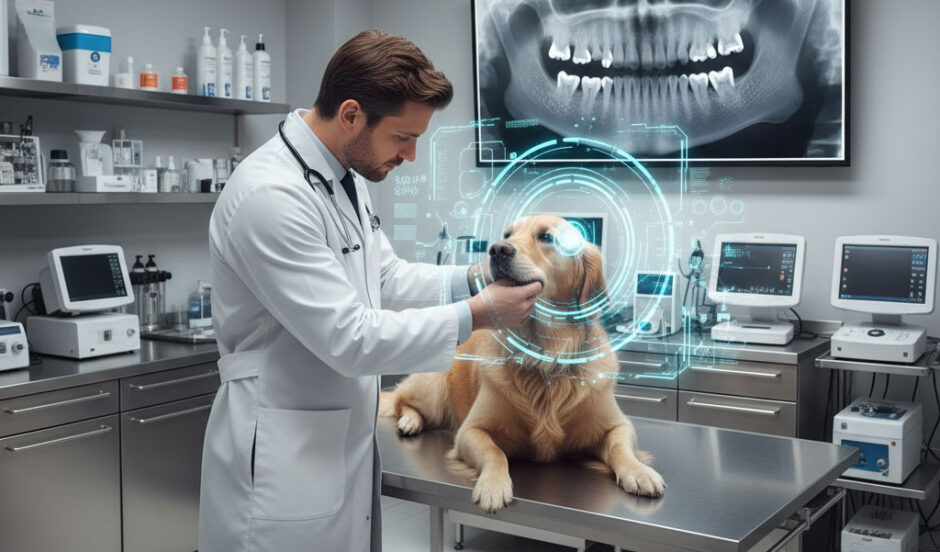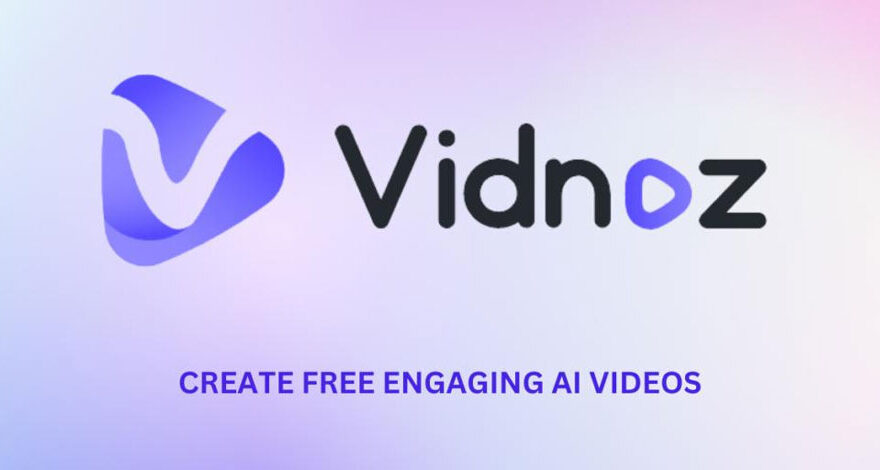Nerovet AI Dentistry: Revolutionizing Veterinary Dental Care Through Advanced Artificial Intelligence

The Hidden Crisis in Pet Dental Health
Most pet owners don’t realize their furry companions are suffering in silence. Dental disease affects more than 80% of dogs and 70% of cats by their third birthday, yet the signs often go unnoticed until the condition becomes severe. Unlike humans who can communicate their discomfort, animals mask their pain instinctively.
Traditional veterinary check-ups frequently miss the early warning signs. A quick visual examination might catch obvious problems like broken teeth or severe tartar buildup, but subtle issues like root fractures or early periodontal disease slip through undetected. By the time symptoms become visible, pets have often endured months of unnecessary discomfort.
The financial consequences hit pet owners hard. Advanced dental procedures can cost thousands of dollars, treatments that could have been prevented with earlier detection. Despite dental disease being so common, veterinary practices report that dental services account for just 6.4% of their total revenue, suggesting many cases go untreated.
What Makes Nerovet AI Dentistry Different
Nerovet AI Dentistry brings cutting-edge artificial intelligence directly into veterinary clinics. This isn’t just another diagnostic tool – it’s a complete game-changer for how veterinarians approach animal dental care. The system analyzes dental X-rays in seconds, spotting problems that even experienced veterinarians might miss during routine examinations.
The technology works by processing thousands of dental images through sophisticated algorithms. These digital “eyes” have been trained on over 55,000 real veterinary cases, learning to recognize patterns that indicate disease or injury. What makes this particularly impressive is that the system handles imperfect images – the kind that veterinarians actually encounter in busy practice settings.
The platform supports multiple animal species, from common household pets like dogs and cats to exotic animals and horses. Each species has unique dental characteristics, and the AI system accounts for these differences when making its assessments. This versatility makes it valuable for general practitioners and specialized veterinary clinics alike.
Advanced Features That Matter
The diagnostic capabilities of Nerovet AI Dentistry go far beyond simple image recognition. The system provides tooth-by-tooth analysis, creating detailed reports that highlight specific areas of concern. Each finding comes with a confidence score, helping veterinarians understand how certain the AI is about its assessment.
Real-time processing means results appear within minutes of uploading an X-ray. The system generates visual overlays that clearly mark problem areas, making it easier for veterinarians to explain conditions to worried pet owners. These visual aids prove invaluable during treatment discussions, helping clients understand why certain procedures are necessary.
The platform integrates seamlessly with existing practice management software. Veterinarians don’t need to learn entirely new systems or disrupt their established workflows. Reports automatically upload to patient records, maintaining comprehensive documentation for future reference and legal compliance.
Transforming Veterinary Practice Operations
Accuracy improvements represent the most compelling benefit of implementing this technology. Studies show 94% accuracy in detecting periodontal disease, significantly outperforming traditional visual examination methods. Early detection rates improve by 35% compared to conventional approaches, catching problems before they become painful and expensive to treat.
Time efficiency gains allow veterinarians to see more patients without sacrificing quality of care. Automated analysis reduces the time spent reviewing X-rays, while standardized reporting ensures consistent diagnostic quality across different practitioners. This consistency builds client trust and enhances the practice’s reputation for thorough, professional care.
Financial benefits extend beyond improved diagnostics. Pet owners are more likely to approve recommended treatments when they can see clear visual evidence of their animal’s condition. Detailed reports support informed consent discussions and demonstrate the value of preventive dental care, leading to higher treatment acceptance rates.
Real-World Applications in Veterinary Medicine
Periodontal disease detection showcases the system’s diagnostic power most effectively. The AI identifies subtle changes in bone density and gum line positioning that indicate early-stage gum disease. Catching these changes before they progress saves pets from pain and owners from expensive advanced treatments.
Fracture identification represents another critical application. Root fractures often remain hidden during visual examinations, causing ongoing discomfort that pet owners attribute to aging or behavioral changes. The AI system reveals these hidden injuries immediately, enabling prompt treatment that restores comfort and prevents complications.
Preventive care planning benefits from the system’s predictive capabilities. By analyzing current dental health status, the AI can forecast potential future problems and recommend preventive measures. This proactive approach helps pet owners maintain their animals’ oral health through regular maintenance rather than crisis intervention.
Getting Started with Implementation
Setting up Nerovet AI Dentistry typically takes less than a day. The cloud-based system eliminates the need for expensive hardware purchases or complex IT infrastructure changes. Most practices find that their existing digital X-ray equipment works perfectly with the new software.
Staff training requirements are surprisingly minimal. Online training modules cover system operation, report interpretation, and client communication strategies. Most team members complete training in just 2-3 hours, with ongoing support available whenever questions arise.
The system maintains strict data security standards, meeting all veterinary industry requirements for patient information protection. Regular updates ensure the AI continues learning from new cases, constantly improving its diagnostic capabilities without requiring additional training from practice staff.
Looking Toward the Future
The veterinary industry is experiencing rapid technological advancement, with AI-powered diagnostics leading the charge. Pet owners increasingly expect their veterinarians to use the latest technology, viewing it as a sign of quality care and professional commitment. Practices that adopt these tools early gain significant competitive advantages.
Future developments promise even more exciting possibilities. Integration with robotic surgical systems could enable AI-guided procedures, while telemedicine platforms might allow remote consultations with dental specialists. These advances will make high-quality veterinary dental care more accessible to pet owners in underserved areas.
The market for veterinary AI continues expanding as more practices recognize the technology’s value. Early adopters report improved client satisfaction, increased revenue, and enhanced job satisfaction among staff members who appreciate having advanced tools to support their clinical decisions.
The Bottom Line for Veterinary Professionals
Nerovet AI Dentistry represents more than just technological advancement – it’s a fundamental shift toward more accurate, efficient, and compassionate veterinary care. The system addresses real problems that veterinary professionals face daily: time constraints, diagnostic uncertainty, and the challenge of communicating complex medical information to concerned pet owners.
Practices implementing this technology position themselves as leaders in modern veterinary medicine. The combination of improved diagnostic accuracy, enhanced workflow efficiency, and better client communication creates a compelling case for adoption. As the veterinary industry continues evolving, tools like Nerovet AI Dentistry will become essential for practices committed to delivering the highest standard of care.
For veterinary professionals considering this investment, the question isn’t whether AI will transform animal healthcare – it’s whether they’ll be part of that transformation or left behind by competitors who embrace these powerful new capabilities.


